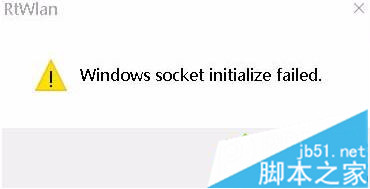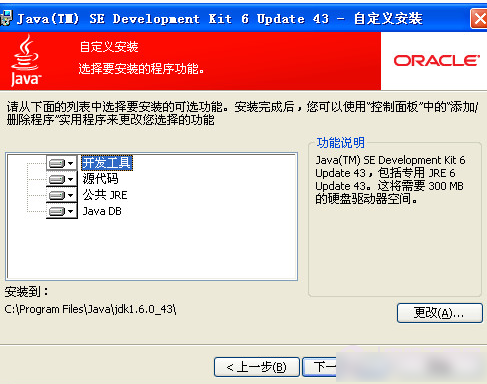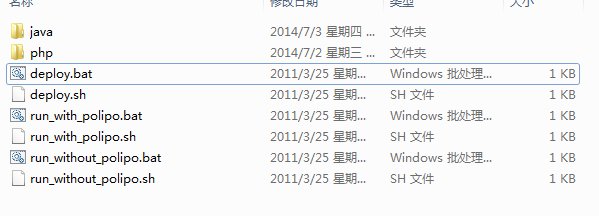Java Socket实现Redis客户端的详细说明
Redis是最常见的缓存服务中间件,在java开发中,一般使用 jedis 来实现。
如果不想依赖第三方组件,自己实现一个简单的redis客户端工具,该如何实现呢?本文就是介绍这样一种方法。
Redis的协议非常简单,而且输入数据和输出数据都遵循统一的协议,具体规则参考这里:
http://redisdoc.com/topic/protocol.html
Redis的命令协议:
$参数数量n
$参数1的值的字节数组长度
$参数1的值的字符串表示
$参数2的值的字节数组长度
$参数2的值的字符串表示
...
$参数n的值的字节数组长度
$参数n的值的字符串表示
Redis的返回协议:
1、状态回复(status reply)的第一个字节是 "+",单行字符串;
2、错误回复(error reply)的第一个字节是 "-";
3、整数回复(integer reply)的第一个字节是 ":";
4、批量回复(bulk reply)的第一个字节是 "$";
5、多条批量回复(multi bulk reply)的第一个字节是 "*";
6、所有的命令都是以 \r\n 结尾。
Java代码说明
针对上述规则,我们用两个类来实现:
1、SimpleRedisClient类,主要用于发送请求,并读取响应结果(字符串);
整体比较简单,稍微复杂点的地方就是读取流数据,遇到两种情况就该结束循环,一是返回长度为-1,二是返回字符串以 \r\n 结尾。
如果处理不当,可能会导致 read 阻塞,Socket卡住。
2、SimpleRedisData类,用于解析响应结果,把redis统一协议的字符串,解析为具体的对象。
这部分代码完全是按照协议规则来实现的,通过一个游标 pos 来向前移动,在移动过程中识别不同格式的数据。
最复杂的是 list 类型的数据,以 * 开头,后面跟着一个整数,表示列表中所有元素的数量,然后就是每一个列表元素的值,循环解析即可。
package demo;
import java.io.Closeable;
import java.io.IOException;
import java.net.Socket;
import java.util.List;
public class SimpleRedisClient implements Closeable {
private String host;
private int port;
private String auth;
private Socket socket = null;
public SimpleRedisClient(String host, int port, String auth) {
this.host = host;
this.port = port;
this.auth = auth;
try {
socket = new Socket(this.host, this.port);
socket.setSoTimeout(8 * 1000);//8秒
} catch (Exception ex) {
socket = null;
ex.printStackTrace();
}
}
public boolean connect() throws IOException {
if (socket == null || auth == null || auth.length() <= 0) {
return false;
}
String response = execute("AUTH", auth);
if (response == null || response.length() <= 0) {
return false;
}
String res = new SimpleRedisData(response).getString();
return "OK".compareTo(res) == 0;
}
@Override
public void close() {
try {
if (socket != null) {
socket.shutdownOutput();
socket.close();
}
//System.out.println("closed");
} catch (Exception ex) {
ex.printStackTrace();
}
}
public String getString(String key) {
if (socket == null || key == null || key.isEmpty()) {
return null;
}
try {
String response = execute("GET", key);
return new SimpleRedisData(response).getString();
} catch (Exception ex) {
ex.printStackTrace();
return null;
}
}
public String setString(String key, String value) {
if (socket == null || key == null || key.isEmpty()) {
return null;
}
try {
String response = execute("SET", key, value);
return new SimpleRedisData(response).getString();
} catch (Exception ex) {
ex.printStackTrace();
return null;
}
}
public String deleteKey(String key) throws IOException {
if (socket == null || key == null || key.isEmpty()) {
return null;
}
String response = execute("DEL", key);
return new SimpleRedisData(response).getString();
}
public List getKeys(String pattern) throws IOException {
if (socket == null || pattern == null || pattern.isEmpty()) {
return null;
}
String response = execute("KEYS", pattern);
return new SimpleRedisData(response).getStringList();
}
public String execute(String... args) throws IOException {
if (socket == null || args == null || args.length <= 0) {
return null;
}
//System.out.println(StringUtil.join(args, " "));
StringBuilder request = new StringBuilder();
request.append("*" + args.length).append("\r\n");//参数的数量
for (int i = 0; i < args.length; i++) {
request.append("$" + args[i].getBytes("utf8").length).append("\r\n");//参数的长度
request.append(args[i]).append("\r\n");//参数的内容
}
socket.getOutputStream().write(request.toString().getBytes());
socket.getOutputStream().flush();
StringBuilder reply = new StringBuilder();
int bufSize = 1024;
while (true) {
byte[] buf = new byte[bufSize];
int len = socket.getInputStream().read(buf);
if (len < 0) {
break;
}
String str = new String(buf, 0, len);
reply.append(str);
if (str.endsWith("\r\n")) {
break;
}
}
String response = reply.toString();
//System.out.println("response: " + response);
return response;
}
}
package demo;
import java.util.ArrayList;
import java.util.List;
public class SimpleRedisData {
public SimpleRedisData(String rawData) {
this.rawData = rawData;
//System.out.println(rawData);
}
private int pos;
private String rawData;
public String getString() {
if (rawData == null || rawData.length() <= 0) {
return null;
}
int i = rawData.indexOf("\r\n", pos);
if (i <= 0) {
return null;
}
char c = rawData.charAt(pos);
if (c == '+') {
int from = pos + 1;
int to = i;
String v = rawData.substring(from, to);
pos = to + 2;
return v;
} else if (c == '-') {
int from = pos + 1;
int to = i;
String v = rawData.substring(from, to);
pos = to + 2;
return v;
} else if (c == ':') {
int from = pos + 1;
int to = i;
String v = rawData.substring(from, to);
pos = to + 2;
return v;
} else if (c == '$') {
int from = pos + 1;
int to = i;
int bulkSize = Integer.parseInt(rawData.substring(from, to));
pos = to + 2;
from = pos;
to = pos + bulkSize;
try {
//$符号后面的数值是指内容的字节长度,而不是字符数量,所以要转换为二进制字节数组,再取指定长度的数据
byte[] buf = rawData.substring(from).getBytes("utf-8");
String v = new String(buf, 0, bulkSize);
pos = to + 2;
return v;
} catch (Exception ex) {
ex.printStackTrace();
return null;
}
} else {
return null;
}
}
public List getStringList() {
if (rawData == null || rawData.length() <= 0) {
return null;
}
int i = rawData.indexOf("\r\n", pos);
if (i <= 0) {
return null;
}
char c = rawData.charAt(pos);
if (c == '*') {
List values = new ArrayList<>();
int from = pos + 1;
int to = i;
int multSize = Integer.parseInt(rawData.substring(from, to));
pos = to + 2;
for (int index = 0; index < multSize; index++) {
values.add(getString());
}
return values;
} else {
return null;
}
}
}
package demo;
import org.junit.jupiter.api.Test;
import java.util.List;
public class RedisTest {
@Test
public void test() {
SimpleRedisClient client = null;
try {
client = new SimpleRedisClient("127.0.0.1", 6379, "123456");
System.out.println("connected: " + client.connect());
List keyList = client.getKeys("api_*");
for (int i = 0; i < keyList.size(); i++) {
System.out.println((i + 1) + "\t" + keyList.get(i));
}
System.out.println("keys: " + keyList != null ? keyList.size() : "null");
System.out.println(client.getString("api_getCustomerName"));
} catch (Exception ex) {
ex.printStackTrace();
} finally {
if (client != null) {
client.close();
}
}
}
}
优点:
1、不依赖任何第三方组件,可以顺利编译通过;
2、代码极其简单。
不足之处:
1、未考虑并发访问;
2、未提供更多的数据类型,以及读写方法,大家可以在此基础上包装一下。
以上就是如何用Java Socket实现一个简单的Redis客户端的详细内容,更多关于Java Socket Redis客户端的资料请关注潘少俊衡其它相关文章!
版权声明
本文仅代表作者观点,不代表本站立场。
本文系作者授权发表,未经许可,不得转载。
本文地址:/shujuku/Redis/102651.html












